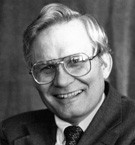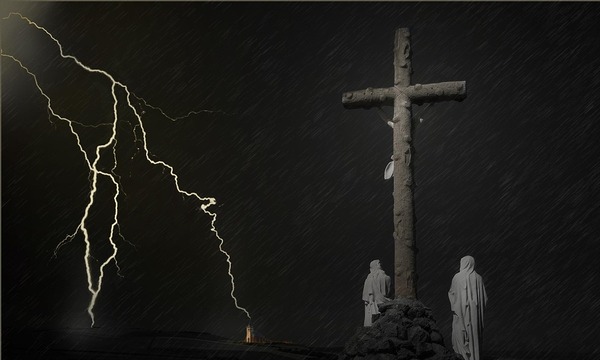These observations are made independently of any current events taking place in the Middle East. They are offered to clarify from the Hebrew and certain ancient sources some of the issues that modern interpreters are raising from their understanding of Ezekiel 38.
The nations that are mentioned in the text include some that are reasonably clear and others that are unclear. The ones that are the clearest include those from verse five: Persia (Iran, but Block [NICOT] refers Pāras to an unattested “commercial or military power with strong links to Tyre and Egypt” or possibly an Egyptian “spelling for Pathros, ‘Southland,’” vol. 2, p. 440); Cush (roughly modern Sudan); and Put (probably Libya).
The NASB stands virtually alone among English versions in including Rosh in verse three, a name that has sometimes been identified with Russia because of the sound similarity. The BDB Hebrew lexicon interprets Hebrew rō’sh in the passage as a geographical name, and the NASB based its translations mainly on that lexicon. All other versions, including the KJV and the NKJV, take rō’sh as part of the description of who Gog is—“the chief prince of Meshech and Tubal” (KJV). The recent Hebrew and Aramaic Lexicon of the Old Testament (HALOT) gives support for this interpretation. The ancient Greek (Septuagint) also transliterated the Hebrew term as a name (Ros), but the Latin Vulgate, the Syriac Peshitta, and the Aramaic Targum (Jonathan) all interpreted the word as part of the descriptor (chief) of Gog. Even if the Hebrew does imply the name of a country called Rosh, it is by no means certain that it has to represent modern Russia. Sometimes sound similarities can be accidental. (As an aside, the NASB also has Rosh in its translation of Isaiah 66:19, even though no Hebrew manuscript has anything that resembles rō’sh. While Rosh occurs as the name of one of the sons of Benjamin [Gen. 46:21] there is very little evidence that the term was ever used of a country in the Bible.)
Meshech and Tubal probably refer to areas in Asia Minor, southeast of the Black Sea and in the area of Armenia. Gomer (v. 6) represents people who migrated from the north (Ukraine? Cf. Anchor Bible Dictionary) into Cappodocia and Armenia (HALOT). Beth-Togarmah also appears to represent an area of northeast Asia Minor. That these “many peoples” come from “the remote parts of the north” does not have to mean that they come from any place farther north than modern Armenia or Georgia. To an ancient Israelite those places were the “remote north.” In fact, that there are seven nations (assuming there is no such nation as Rosh), all very distant from Israel, raises the possibility of a “universal conspiracy” against Israel (Block, vol. 2, pp. 441–442). As Block puts it, “Meshech, Tubal, Gomer, and Beth-Togarmah represent the northern extreme of the world known to Israel; Paras [if it is not Persia], Cush, and Put the southern extreme, again suggesting that the whole world is involved in this attack.” When John referred to “Gog and Magog” in Revelation 20:7–9 he clearly thought of worldwide involvement that was not only from the extreme north and the extreme south but from “the four corners of the earth.” John’s reference could be more allusive than fulfillment, but it at least provides evidence that he could see the terminology of Ezekiel 38 used in a universal way.
Ezekiel 38–39, by its position between the regathering of the nation of Israel to its land and the new temple in the millennial kingdom, apparently has some relationship to the battle of Armageddon. If this chronology is thought to be strict, however, one should also note that the fulfillment of chapter 37 will not happen until the people of Israel are awakened spiritually (Ezek. 37:11–14). That is, strict chronology would also mandate that chapters 38 and 39 will not find fulfillment until after Israel as a nation recognizes their Messiah. Ezekiel 38–39 should probably be related to Daniel 11:36–12:1 and Zechariah 12 and 14:1–5, among others. That current events in the Middle East are leading up to that battle is possible but still not so evident.
 Biola University
Biola University


.jpg)
